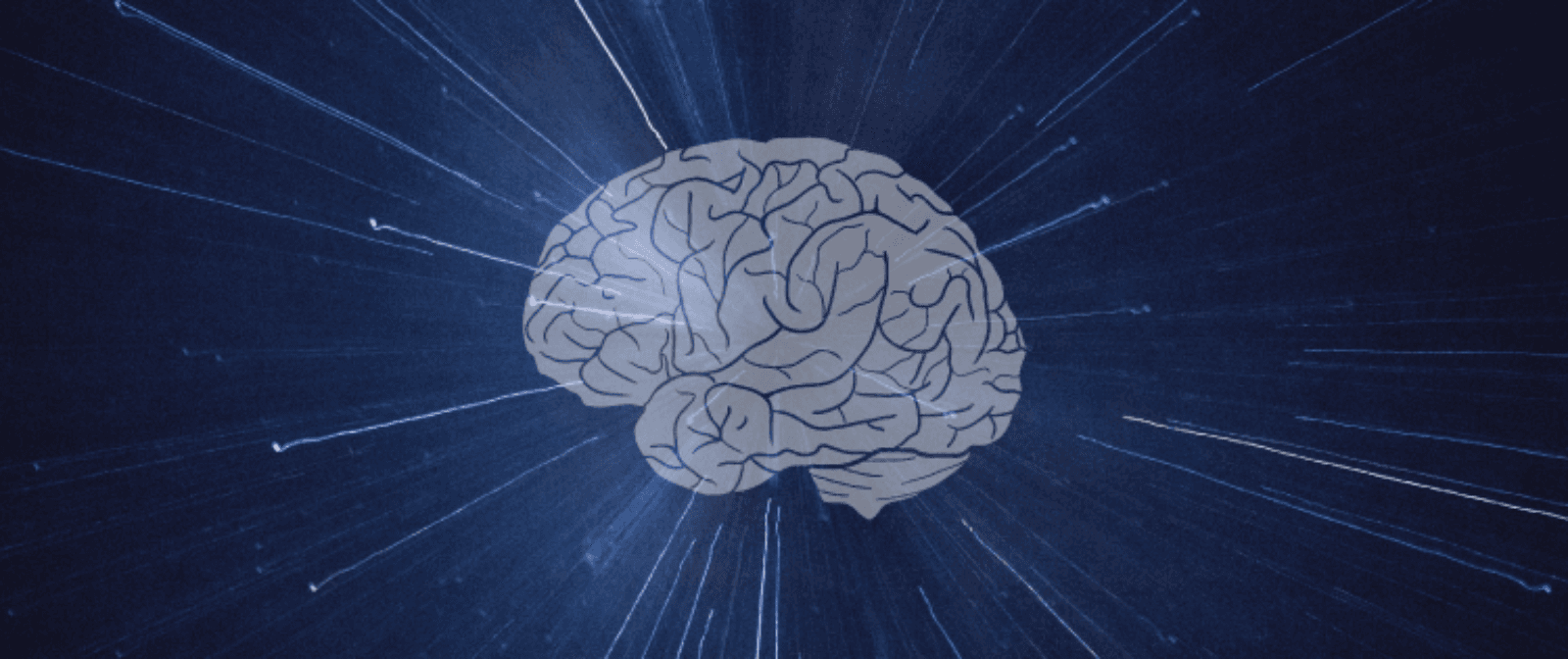Pushing the Boundaries of Brains
by Lindsay Borthwick
Brain researchers continue to push for the stars— sometimes quite literally

The Author
Research out of the Kavli Neuroscience Institutes in July shows that brain researchers continue to push for the stars—literally. From brain organoids rocketing up to the International Space Station to a scientific odyssey to revive “dead” brain cells, researchers are working furiously to uncover the mysteries of the brain. In their ranks are plenty of women, whose stories don’t always get told. A new storytelling project aims to change that.
This month, the New York Times magazine covered what might turn out to the neuroscience experiment of the year, if not the decade. Earlier this spring, a team of neuroscientists at the Kavli Institute for Neuroscience at Yale University succeeded in reviving brain tissue from pigs. By perfusing the brains with a special solution, they were able to restore metabolic activity to most of the brain for up to six hours. The research, led by developmental neuroscientist Nenad Sestan, sparked a call for new ethical guidelines for brain research. In the in-depth article about Sestan and his research, he explained a predicament all brain researchers face: “If you’re nuts enough to make the brain the thing you study, you must accept that there will always be more questions than answers. You’ll always be searching. Always.”
In late July, about 100 “mini brains,” more formally known as brain organoids, blasted into space, headed to the International Space Station for a one-month stint. The organoids are three-dimensional clusters of brain cells that mimic some aspects of brain structure and function. The space-bound cells were grown from stem cells reprogrammed to act like neurons in the lab of Alysson Muotri, a neuroscientist that the University of California, San Diego, where he is a member of the Kavli Institute for Brain and Mind. The goal of the voyage is to study the effects of microgravity on brain development, which has implications for whether humans could ever reproduce extra terrestrially.
The brain circuits that enable animals to distinguish odors are roughly the same across six species, including mice and cats, according to new research. Shyam Srinivasan, assistant project scientist with UC San Diego’s Kavli Institute for Brain and Mind (KIBM), and his collaborator, KIBM’s Charles Stevens, were comparing the neural circuity underlying the sense of smell in the mouse cortex with that of other species. They found that the three parts of the olfactory system—from receptors in the nose to the olfactory bulb, a relay station in the front of the brain, to the piriform cortex—are evolutionarily conserved and scale across the six species. “So, if you told me the number of neurons in the nose, I could predict the number in the piriform cortex or the bulb,” Srinivasan said in a statement.

Using a special technique to distinguish different types of brain cells, neuroscientist have discovered that multiple sclerosis (MS) attacks projection neurons—cells that help link together different parts of the cerebral cortex, the brain’s outer layer. Furthermore, as the neurons die from chronic stress, they appear to trigger a specific form of inflammation in the brain, raising the possibility that therapies to control inflammation could minimize brain damage in MS patients. The research was carried out in the lab of Arnold Kriesgstein, a member of the Kavli Institute for Fundamental Neuroscience at the University of California, San Francisco. (At the height of the Zika virus outbreak in Brazil in 2016, The Kavli Foundation spoke to Kriegstein about the effects of Zika on the developing brain.)

Is there a budding young neuroscientist in your family? With funding from the Kavli Institute for Brain and Mind, a team of post-docs and graduate students has launched a series of profiles and a podcast featuring women in neuroscience. By telling the stories of female neuroscientists at different career stages, the aim is to increase the visibility of women in neuroscience and inspire others. Subscribe to be notified when new profiles are available.